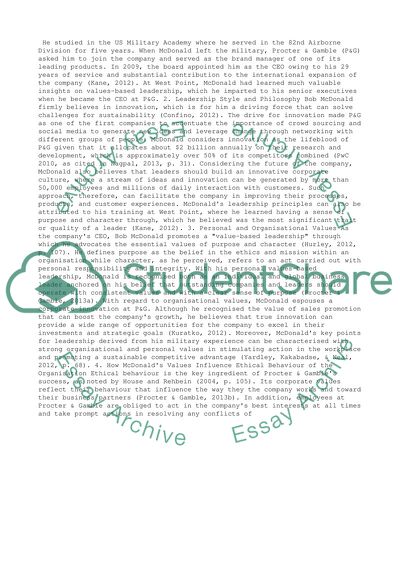Cite this document
(“What Do People Do When They are Leading - Bob McDonald (Procter & Assignment”, n.d.)
Retrieved from https://studentshare.org/business/1495980-what-do-people-do-when-they-are-leading-bob
Retrieved from https://studentshare.org/business/1495980-what-do-people-do-when-they-are-leading-bob
(What Do People Do When They Are Leading - Bob McDonald (Procter & Assignment)
https://studentshare.org/business/1495980-what-do-people-do-when-they-are-leading-bob.
https://studentshare.org/business/1495980-what-do-people-do-when-they-are-leading-bob.
“What Do People Do When They Are Leading - Bob McDonald (Procter & Assignment”, n.d. https://studentshare.org/business/1495980-what-do-people-do-when-they-are-leading-bob.


